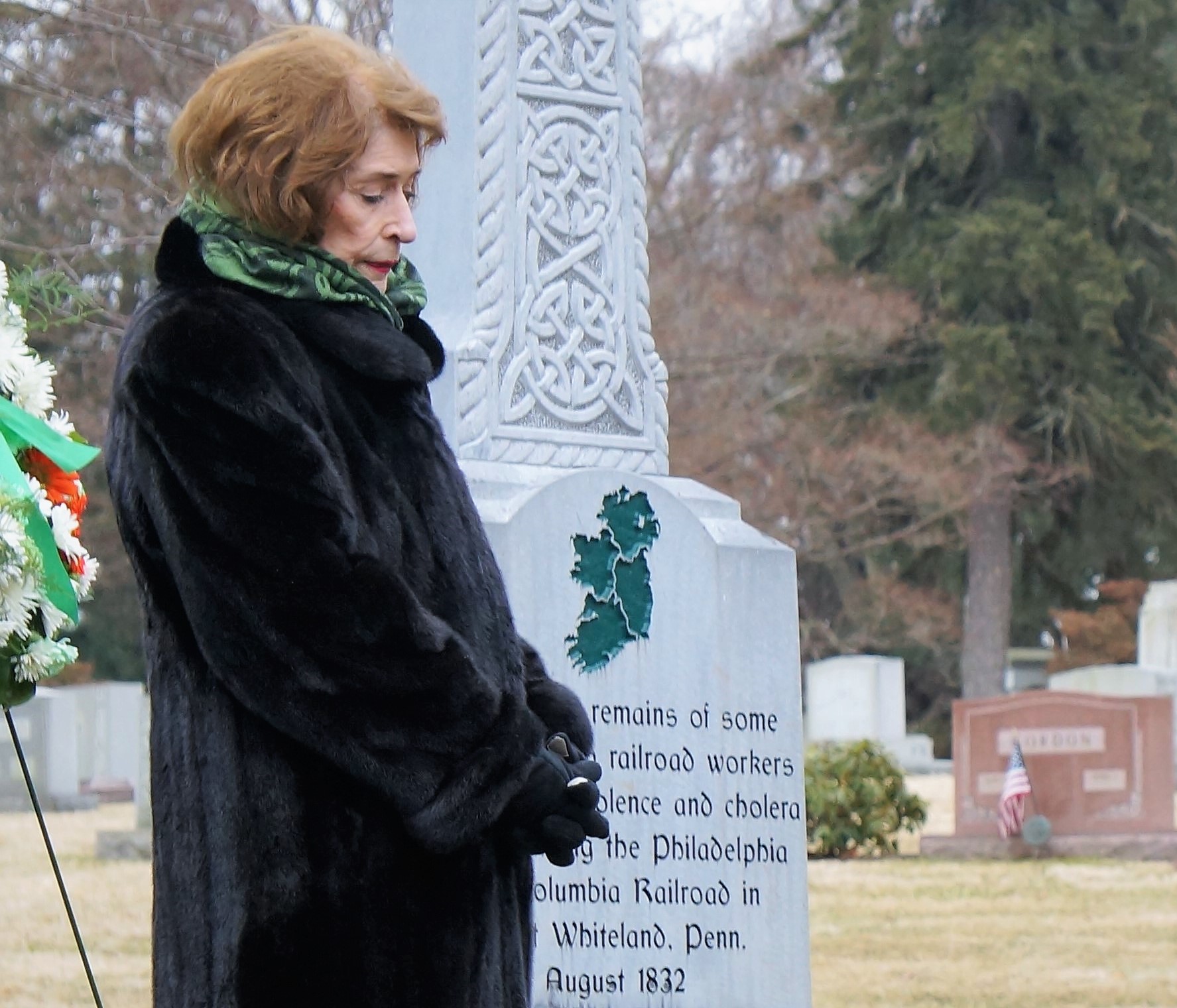“Ireland has its own language?”
This is a question I have been asked several times since moving to the United States and every time I hear it, my heart breaks a little more. Yes, Ireland does have its own language. It’s not the most well-known or the most romantic language but it has been through more trials and tribulations than many. And more impressive than that, it has survived. Our mother tongue has endured and is now rightfully enjoying a period of prosperity and popularity.
The history of the Irish language is complicated and at times bleak. During colonial rule the English saw it as a weapon and moved to ban it before it could be used against them. Sadly, the language has never truly recovered from this time and has not yet reached the heights of its pre-penal law usage and fluency.
The origins of Ancient Irish are rooted in Celtic times. Examples can be seen as inscriptions on Ogham stones around Ireland and date back to as early as the 3rd century. The Celts appear to have been a well-travelled people as in 1989 archaeologist Robert Pyle discovered a bone needle etched with Ogham writing in Wyoming County, West Virginia.
Middle Irish, which existed between 900-1200 AD, included some Scandinavian influences as Anglo-Normans began settling in Ireland. Despite this, the Irish literary traditions remained strong and several manuscripts have survived from this time. Middle Irish is the language of a large swathe of literature including the entire Ulster Cycle or the Red Branch Cycle, a collection of Irish mythology.
Early modern Irish or Classical Irish was used from the 13th century. It was during this period that the Irish language faced its greatest challenges. The penal laws imposed upon Irish Catholics in 1695 forbade the use of the Irish language. This included speaking, reading and writing. As well as this, it was forbidden to play Irish music. During this time not only was the language under attack, so too was the Irish culture. Irish became a “peasant language,” spoken mostly by the farming classes. Added to this was a mounting social pressure to speak English as it was seen as higher status and offered more opportunities for employment with English landowners.
1845 heralded the worst crisis in Irish history, the Great Famine. The failing potato crop disproportionately affected the poorer, rural areas of the country, which relied heavily on the potato as their main food source. These were also the areas in which the Irish language was most prevalent. Over one million people died during this five-year period, the majority of whom were from rural Irish speaking areas. Another million people emigrated, taking the language with them. In hindsight, the vast emigration may have aided the spread of the language worldwide. Would Americans even be learning the language now if their ancestors had not brought it to these shores?
Tír gan teanga, tír gan ainm—A country without a language is a country without a soul.
Emerging from its darkest days, the battered but not broken language received a massive boost in 1893 with the founding of Conradh na Gaeilge or the Gaelic League as part os the Nationalist Gaelic revival. In 1904, with 50,000 members, the Conradh na Gaeilge successfully pressured the government to make Irish a language of educational instruction. Some years later, in 1928, Irish became a mandatory subject in the Intermediate and Leaving Certificate exams at secondary school.
According to the 2016 Census in Ireland, over 1.76 million people can speak Irish. There is now a Gaeltacht or Irish speaking region in seven counties in Ireland: Cork, Donegal, Galway, Kerry, Meath, Mayo and Waterford.
In recent years, Gaelscoileanna or Irish language primary (elementary) schools, have significantly grown in popularity. Interestingly, most of these schools are located outside of the Gaeltacht regions. In 2000, 6.4 percent of Irish primary schools were Gaelscoils. This grew to 8.1 percent in the 2018/2019 academic year in approximately 247 schools. This certainly bodes well for the future of the Irish language, with over 45,000 primary students being educated through Irish.
However, where does the student go after primary level? The number of Gaelcholáiste or Irish language secondary schools currently stands at around 48. Included in this number is my alma mater Coláiste Cnoc na Labhras in Limerick. Although secondary education through Irish is becoming increasingly popular, the supply is not meeting the demand, with several students unable to continue their education through Irish in their locality post primary school.
As mentioned, the emigration from Ireland to the U.S. and other countries certainly spread the language to new regions. Although it is hard to completely verify the number of Irish speakers abroad, in 2015 the United States Census released figures showing that there were over 20,000 Irish speakers in the United States, with the majority of these found in New York.
Despite the challenges Irish has faced, I believe that the future of the language is bright. Several Irish celebrities have added to the cause by championing the language. One such celebrity is a radio DJ based in Dublin named Eoghan McDermott. In 2018, McDermott put together an Irish language CD with popular songs sung in Irish by the original singer. Included in the collection were Saoirse Ronan, Macklemore and Ed Sheeran—the latter singing his song ‘Perfect’ as Gaeilge!
Organizations such as Gael Linn, Conradh na Gaeilge, Daltaí na Gaeilge and Foras na Gaeilge continue to work tirelessly to develop and strengthen the Irish language at home and abroad. Their work has ensured that the language has survived through many trials and now remains an essential part of peoples’ lives and a vital link to our culture and heritage.
So, in answer to the initial question; no, the Irish language is not dying. It is, in fact, very much alive and remains the heartbeat of our Irish culture.
Tír gan teanga, tír gan ainm—A country without a language is a country without a soul.



